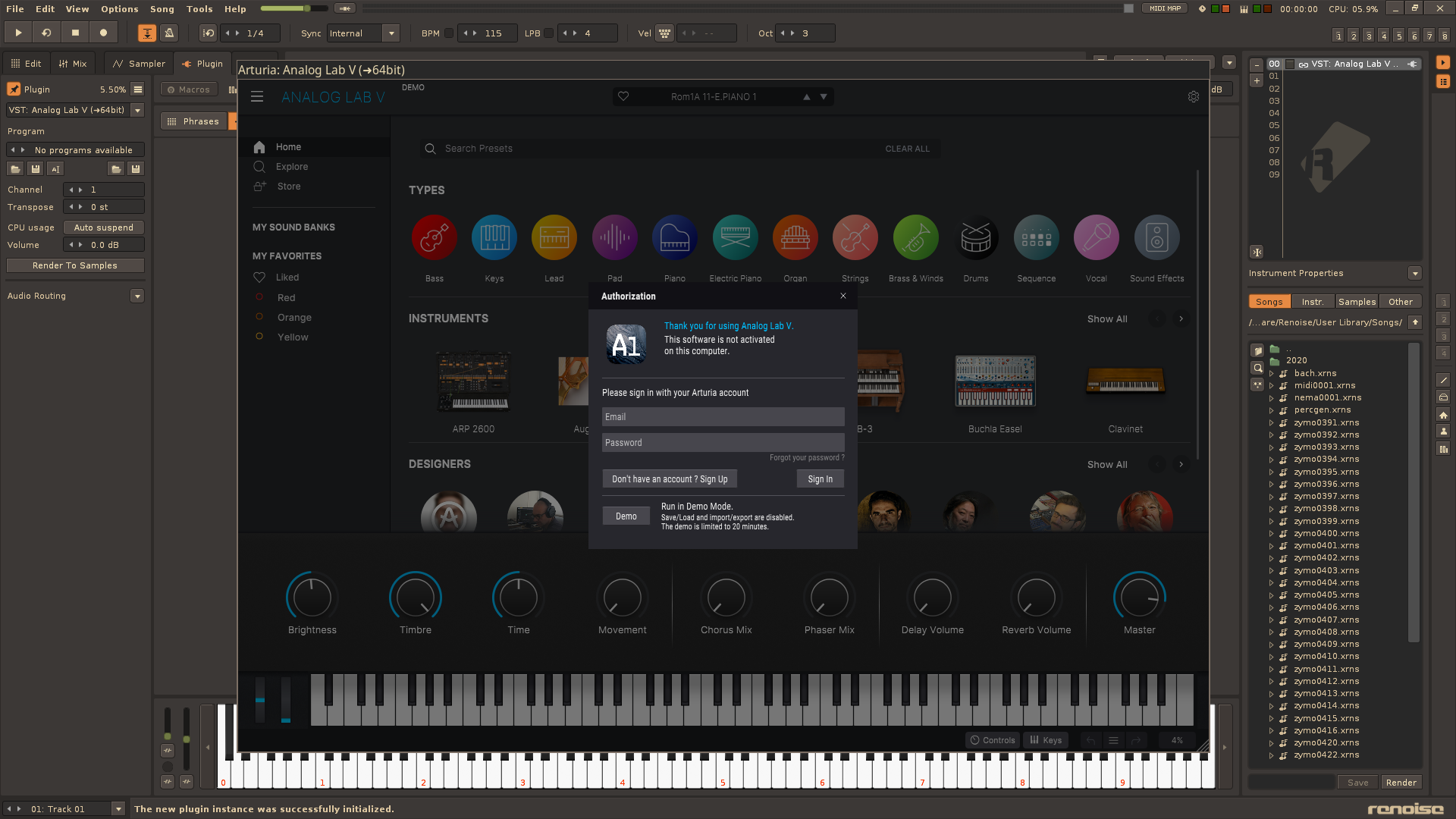

They sound absolutely fantastic:


They sound absolutely fantastic:
It’s more boreal in distribution, so you might be a tad too far south. Usually it grows in bogs and heathlands. You can check iNaturalist for a map and to see if it’s been reported near you:


Happy music making (:


So I recently reinstalled Linux on my machine but hadn’t bothered to reinstall Analog Lab, so I just did that now to confirm it still works. It was really easy.
From their website I got the installer, and ran Analog Lab V Setup.exe with Wine. I went through the setup wizard just like you would on Windows, and then manually moved the vst file from the Wine directories into my normal vst location (~/.vst). After this, I generated the .so file with yabridge. This is also a really simple process. If you are using yabridge for the first time, you need to tell it where your plugins are:
yabridgectl add path/to/vst
After that, generate the .so files:
yabridgectl sync
Once this is done, your DAW of choice should be able to find and open the plugin. For me, Analog Lab V opened without issue and prompted me for my account info. Here’s Analog Lab V on my machine:

Edit: I forgot to mention my copy is legit and it activated no problem.


Are you familiar with yabridge? It can take a windows vst (.DLL) and create a Linux counterpart (.so) that daws can scan and open normally.
https://github.com/robbert-vdh/yabridge
In my experience, it works pretty much perfectly about 80% of the time, and the remaining 20% are buggy but useable, or rarely completely broken. I don’t have Arturia’s V Collection, but I have Analog Lab 5 and that runs without bugs. If they are built with similar technology, then you might expect V Collection to work as well.
Those are mites, or more specifically Mesostigmatid mites. They are hitchhikers frequently found on insects associated with dung or carrion. These resources tend to be very patchy in the environment and mites are so tiny they can’t disperse well by themselves, so they take advantage of beetles, flies, millipedes etc. to get there faster. These mites are predators that feed on worms or other small critters, they’re not parasites.
Looks like your beetle has at least two mite species on it: the lighter ones with two separate dorsal shields likely belong to the genus Poecilochirus, and the darker ones with undivided dorsal shields are unfamiliar to me. They might belong in the family Macrochelidae.
Neat. Another paper reviewing fungal bioluminescence just came out on New year’s eve, and according to which there are 132 bioluminescent species known to date. More than I realized!
Link to the (open access) paper for anyone curious: https://www.mdpi.com/2309-608X/11/1/19
Complaining about the neighbours maybe? They sure have a lot of them.